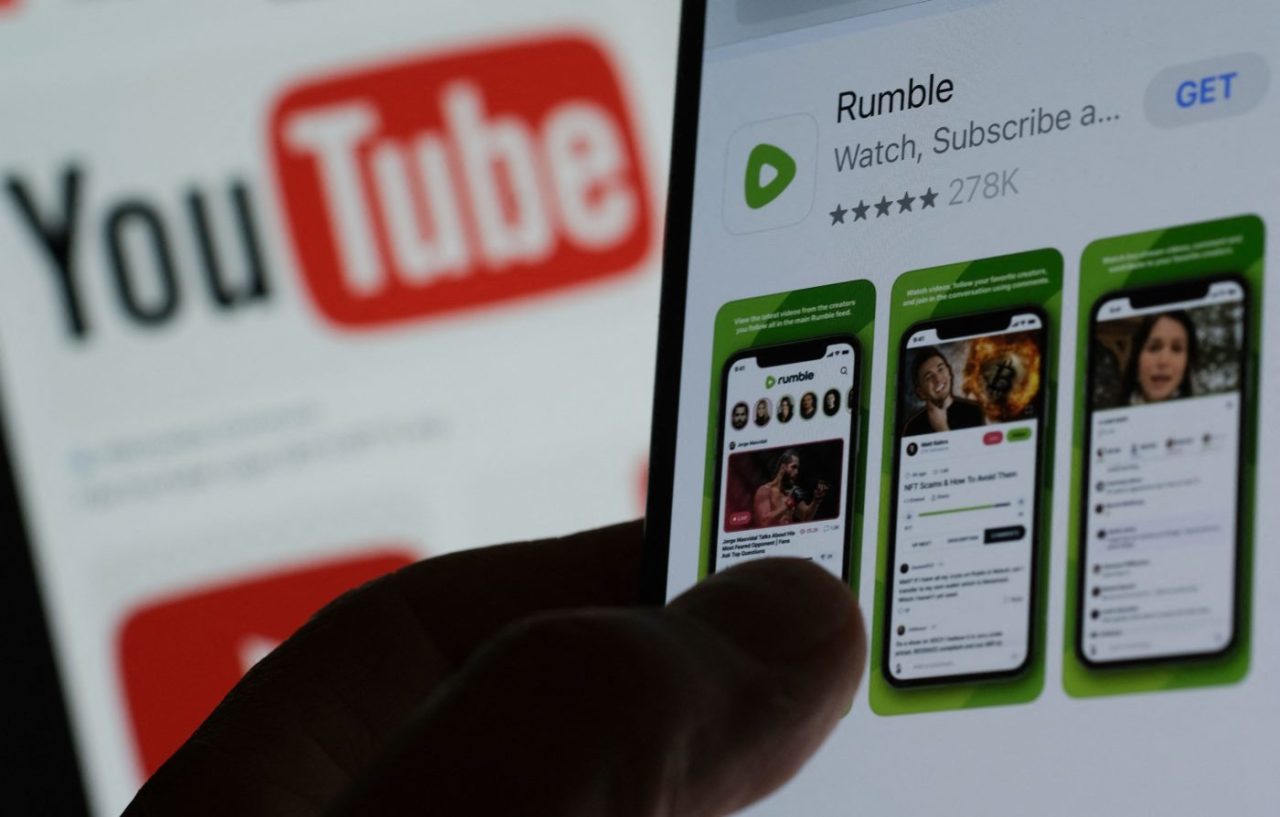SOCIAL
Conservative brands thrive amid polarization

More than 1 million viewers tuned into the video-sharing platform Rumble, a YouTube alternative popular among conservatives, to watch the second GOP debate last month.
While traditional cable viewers tuned in on Fox Business or Univision, the Republican National Committee used Rumble as its exclusive livestream provider and “online home” for the debate.
The platform, backed by billionaire GOP donor Peter Thiel and Sen. J.D. Vance (R-Ohio), is also home to podcasts hosted by conservative firebrands Steve Bannon and Donald Trump Jr., and has cut deals with former President Trump’s social media company, Truth Social.
During debate night commercial breaks, Rumble carried advertisements for sponsors including Black Rifle Coffee and Birch Gold Group that cater to conservative consumers.
Some say the growing numbers suggest a “parallel economy” is emerging.
“As more and more competition comes in and gets fiercer and fiercer in this world where [we have] what we as marketers refer to as the attentional deficit economy, it’s hard to stand out,” said Americus Reed, a marketing professor at the University of Pennsylvania Wharton School.
“One way brands, products, services, organizations now stand out is to build a little bit of this ideological DNA into their argument for why you should become one of their customers,” he added.
Political identity is also increasingly driving consumers’ choices amid political polarization, said Nailya Ordabayeva, a business administration professor at Dartmouth College’s Tuck School of Business.
Companies’ efforts to tap into these political identities are not unique to the right, Ordabayeva added.
For example, Starbucks promised to hire 10,000 refugees over five years in 2017 in response to then-President Trump’s so-called “Muslim ban.”
“As long as the political discourse continues to be divided, it might seem like an appealing strategy,” Ordabayeva said. “But it is fraught with risks of its own. And so, brands have to be really careful when they choose that as their main value proposition.”
The Hill’s Julia Shapero has more here.

















